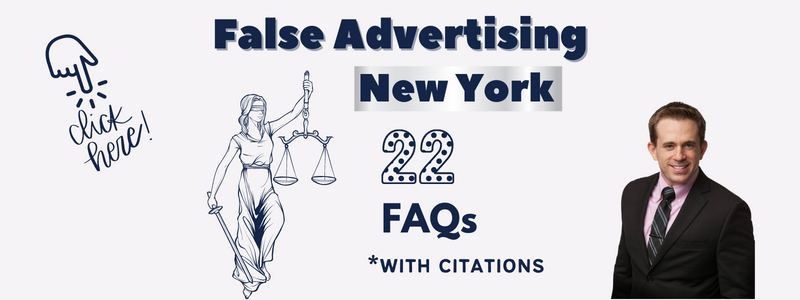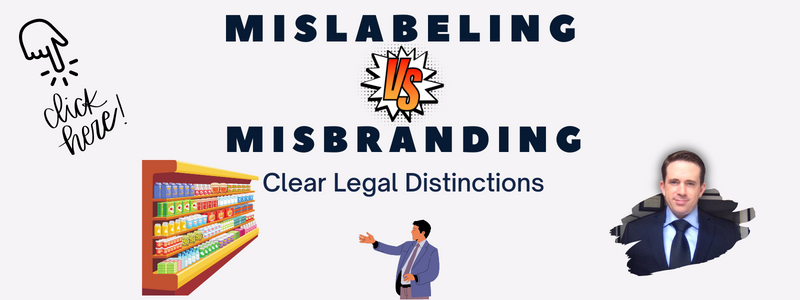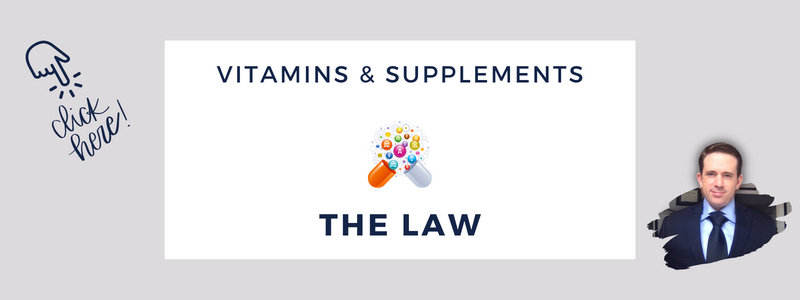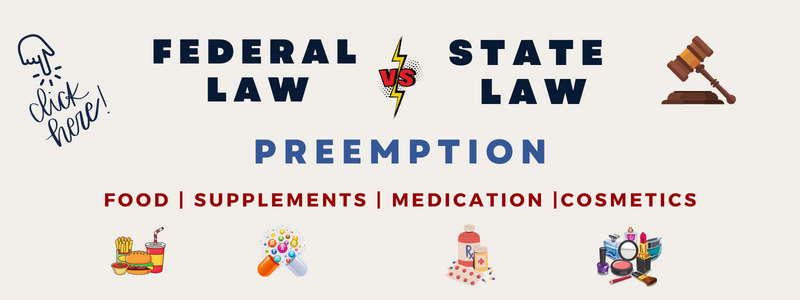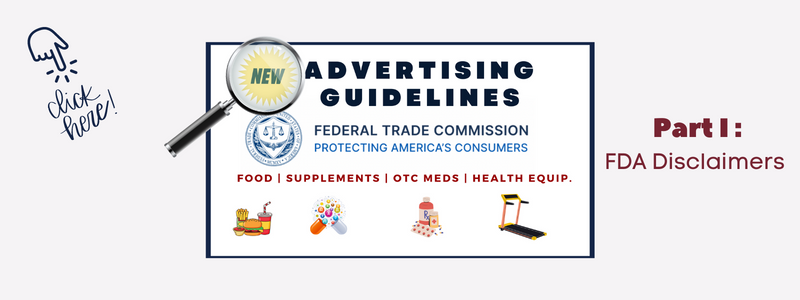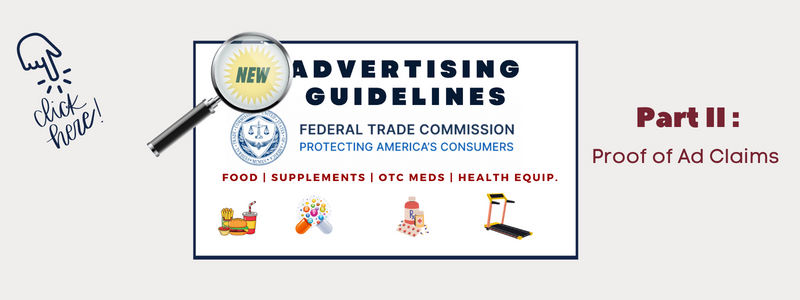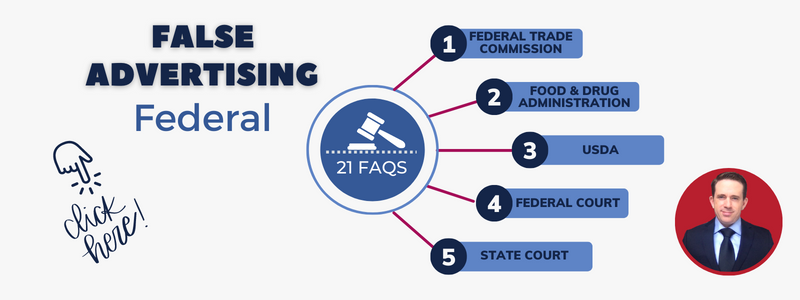I went full-throttle into false-advertising law because of the repugnancy inherent in "humanewashing," a form of "causewashing."
What is "Causewashing"?
"Causewashing" is a term used to describe the practice where a company or organization claims to support a good cause to improve its public image. In reality, they may do very little to support the cause. It is a form of deceptive marketing strategy, often used to create a false impression of corporate responsibility or to distract from negative practices.
10 Examples of Causewashing: A Mixed Bag
- Fast Food Chains Promoting Health: Fast food companies that donate to health charities or sponsor sporting events, despite their food often contributing to obesity and health issues.
- Tobacco Companies Supporting Lung Health: Tobacco companies donating to lung health causes or sponsoring research on lung diseases, despite their products causing significant harm to lung health.
- Plastic Manufacturers Supporting Environmental Causes: Companies that produce single-use plastic products yet donate to environmental causes or initiatives to reduce plastic waste.
- Car Companies Supporting Clean Air Initiatives: Car manufacturers that produce vehicles with high CO2 emissions while also sponsoring events or initiatives promoting clean air and reduced emissions.
- Clothing Brands Advocating for Ethical Labor: Brands known for using sweatshops or unfair labor practices yet publicly supporting fair trade or ethical labor initiatives.
- Oil Companies Advocating for Renewable Energy: Oil and gas companies funding campaigns or research into renewable energy while their primary business continues to contribute heavily to climate change.
- Cosmetics Brands Supporting Animal Welfare: Cosmetic companies that test on animals and donate to or support animal welfare organizations.
- Soda Companies Supporting Diabetes Research: Beverage companies that sell high-sugar drinks contributing to diabetes yet also fund diabetes research or awareness campaigns.
- Tech Companies Promoting Digital Detox: Tech firms whose products contribute to screen addiction but also sponsor or promote digital detox campaigns or initiatives.
- Processed Food Companies Advocating for Nutrition: Companies producing processed foods with low nutritional value yet sponsoring nutritional education programs or research.
Why is Humanewashing a Form of Causewashing?
"Humanewashing" is considered a form of "causewashing" because it involves a company misleading consumers into believing they are supporting a good cause - in this case, the humane treatment of animals - when purchasing their products. Much like "greenwashing" creates an illusion of environmental responsibility, "humanewashing" uses deceptive marketing and labeling tactics to create a false impression of animal welfare. This allows companies to benefit from a consumer's desire to make ethical choices without necessarily providing the standards of care that their marketing suggests.
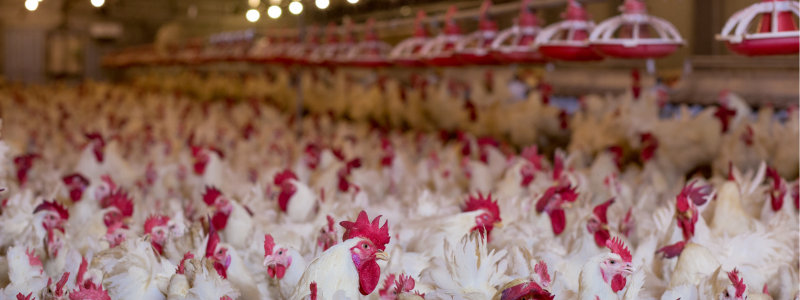
![]()
10 Examples of Humanewashing
- "Pasture Raised" Labels: Although this label may suggest that animals are free to roam in pasture throughout their life, there are no universally accepted standards for this claim. In many cases, animals may have limited pasture access or none at all.
- "Grass Fed" Labels: This term can be misleading as it may suggest that the animals eat only grass throughout their lives. However, this is only sometimes the case. Some animals may be fed grains in addition to grass or may be switched to a grain diet later in life.
- "Organic" Labels: While the "organic" label has strict regulations concerning pesticides and synthetic fertilizers in animal feed, it doesn't guarantee that the animals were raised under humane conditions or had access to the outdoors.
- Animal Imagery in Brand Names: Some companies incorporate images of happy, healthy animals or pastoral scenes into their brand names or logos to give the impression of high animal welfare standards, even if this isn't the case.
- "No Hormones Administered" or "No Antibiotics Used" Labels: These labels can suggest a higher level of animal welfare, but in reality, they only refer to specific practices and don't necessarily guarantee the overall treatment of the animals was humane. For instance, an animal could be raised without hormones or antibiotics but still live in crowded, stressful conditions.
- "Cage-Free" Labels: This label can be misleading as it might give the impression that the animals are free to roam outdoors. In reality, "cage-free" often means that the animals are not kept in cages but confined in crowded indoor spaces.
- "Free-Range" Labels: Similar to "cage-free," "free-range" can give a false impression that animals have ample space to roam outdoors. However, regulations on what constitutes "free-range" can be loose and often mean that animals have limited access to the outdoors.
- "Natural" Labels: The term "natural" can be very misleading as it has no legal definition in many jurisdictions. This term might make consumers believe that the animals are fed a natural diet and are free of hormones and antibiotics, but this is not always true.
- "Humanely Raised" Labels: This label suggests that the animals are treated well throughout their lives. However, there's no standard definition for what "humanely raised" entails, allowing for many interpretations.
- Imagery on Packaging: The use of images showing animals in green pastures or under a sunny sky can give a false impression of the animals' living conditions. This is a form of humanewashing when the reality is that many animals are raised in confined and crowded conditions.
What is Greenwashing?
Greenwashing is a deceptive tactic where companies exaggerate their environmental friendliness through marketing rather than adopting sustainable practices. It involves misleading environmental claims, using vague terms or irrelevant labels. This term, coined in the 1980s, combines "green" and "whitewashing," representing a corporate strategy to falsely portray a business or product as eco-friendly.
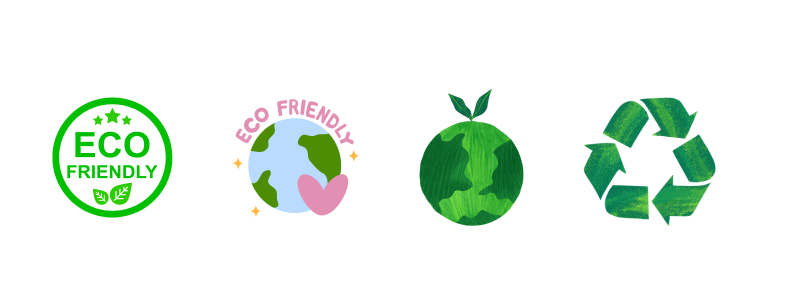
How is Greenwashing a form of Causewashing?
Causewashing, also known as "cause marketing," is a term derived from the concept of "greenwashing." It refers to the practice where companies or organizations give the appearance of supporting a social or environmental cause as a way to promote their brand or product without genuinely committing to making a significant impact on that cause.
Much like greenwashing, which refers explicitly to making misleading or unsubstantiated claims about the environmental benefits of a product, service, or company, causewashing involves exploiting the goodwill associated with these causes without the action to back it up. This can lead to skepticism and trust among consumers when they discover the need for more concrete action behind the company's claims.
10 Examples of Greenwashing
- Vague Language: Using terms like "eco-friendly," "sustainable," "natural," or "green" without providing clear definitions or context.
- Irrelevant Claims: Highlighting one small, green initiative while ignoring larger environmental harm.
- Hidden Trade-Offs: Advertising a product as "green" based on a narrow set of attributes without attention to other critical environmental issues.
- Lesser of Two Evils: Claiming a product is 'greener' than others in its category while the whole category is environmentally unfriendly.
- Fibbing: Making environmental claims that are simply untrue.
- Lack of Proof: Making environmental claims that can't be substantiated by easily accessible supporting information or third-party verification.
- Green by Association: Using images or words that suggest natural elements (like green colors, leafy patterns, or terms like 'earth') to imply a product is environmentally friendly.
- Overstatement: Exaggerating the environmental benefits of a product or service.
- Unnecessary Packaging: Use excessive or non-recyclable packaging for a product touted as eco-friendly.
- Suggestive Pictures: Using images of nature or wildlife on product packaging to imply it is environmentally friendly.
Does humanewashing and greenwashing often occur together?
Yes, it is not uncommon to find humanewashing and greenwashing being used together, particularly in sectors such as food production and consumer-goods manufacturing. The reason for this lies in the shared objective of these strategies, which is to appeal to customers who prioritize ethical and sustainable practices in their consumption choices.
Here's how the two can intersect:
- Food Labels: A common instance is where food producers claim their products are both "green" (sustainable, organic, eco-friendly) and "humane" (ethically-raised, free-range, cruelty-free). However, without proper regulations and definitions, these claims can be misleading or false, masking their practices' true environmental and animal welfare implications.
- Clothing and Apparel: Clothing brands might label their products as made from "organic cotton" or "cruelty-free materials," portraying an image of environmental sustainability and animal welfare consciousness. However, these claims may cover up unsustainable farming or unethical animal treatment without substantiating their entire supply chain.
- Cosmetics: Cosmetic companies may claim to be both "cruelty-free" (no animal testing, implying humaneness) and "natural" or "organic" (implying environmental consciousness). But, without thorough verification, these claims may be marketing strategies hiding the reality of the product manufacturing process.
- Hospitality: Hotels and restaurants may claim to offer "farm-to-table" food, suggesting both environmental sustainability (local, low carbon footprint) and animal welfare (locally-raised, free-range). However, without transparency and verification, these claims may be mere advertising gimmicks.
In all these cases, companies use greenwashing and humanewashing to appeal to a broader range of conscious consumers without necessarily making substantive changes to their business practices.
What is “Pinkwashing”?
In the context of health and breast cancer, "pinkwashing" refers to a company or organization promoting a pink ribbon product (symbolic of breast cancer awareness) while producing, manufacturing, or selling products linked to the disease. For example, a company that sells cosmetics containing harmful chemicals linked to cancer while marketing certain products with a pink ribbon for breast cancer awareness would be accused of pinkwashing.
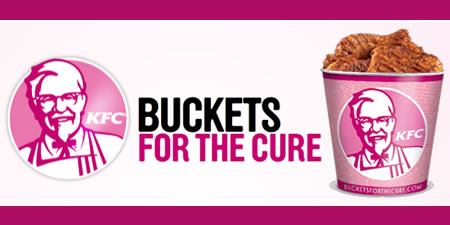
![]()
10 Examples of Pinkwashing
- Cosmetic Companies: Brands that sell beauty products known to contain harmful or potentially carcinogenic ingredients but also donate to breast cancer charities.
- Fast Food Chains: Chains that sell high-calorie, low-nutrition food while promoting pink ribbon products or campaigns.
- Alcohol Brands: Companies promoting their products with pink labels or ribbons, despite alcohol consumption being a risk factor for breast cancer.
- Tobacco Companies: Firms donating to breast cancer research, while smoking is a known carcinogen that contributes to various types of cancer, including breast cancer.
- Automotive Companies: Selling cars with pink ribbon branding, despite car emissions contributing to poor air quality, a known health hazard.
- Chemical Manufacturers: These companies may release carcinogenic toxins into the environment yet donate to or support breast cancer causes.
- Energy Drink and Soda Companies: Brands that produce high-sugar products that contribute to obesity (a risk factor for cancer) while also sponsoring cancer awareness campaigns.
- Pharmaceutical Companies: Companies produce drugs with potentially harmful side effects while contributing to cancer research.
- Plastic Manufacturers: Companies that produce plastic items containing known carcinogens, like BPA, while also supporting cancer charities.
- Cleaning Product Companies: Brands that produce products with potential carcinogens yet also sponsor pink ribbon campaigns.
Related links:
- To get a free evaluation of your false-advertising case, complete this form.
- To understand whether federal law preempts state law on labeling of food, dietary supplements, or medications, click Does Federal Law "Preempt" (Block) State Lawsuits for Humane-Washing of Meat Labels?
- Learn more about Vitamins & Dietary Supplements
- For an expansive look into humane-washing, click Is Humane-Washing of Meat and Poultry False Advertising?
- Learn about the 4 purposes of advertising, along with numerous common myths in false adverting.
- For a comprehensive review of New York law, click The Ultimate Guide to False-Advertising Law in New York: 22 FAQs.
- Click here to learn more about humane-washing, green-washing, and nutri-washing.
- Were you Misled?: Complete that form for a free legal analysis to determine if you were deceived by humane-washing or green-washing.
- A library of links relating to nutrition, animal welfare, and advertising law.
To speak with Jesse Langel personally about these types of claims, contact him or complete this tailored questionnaire.


